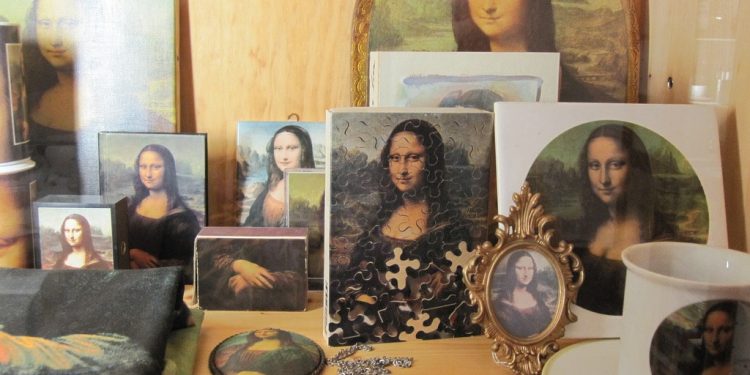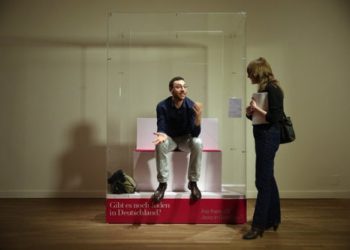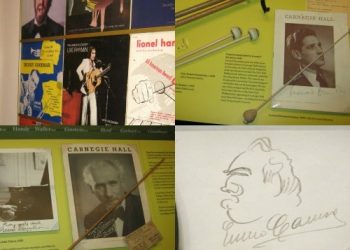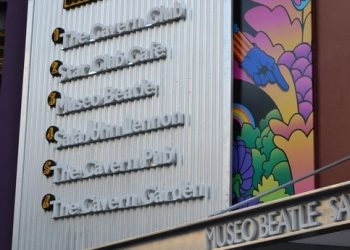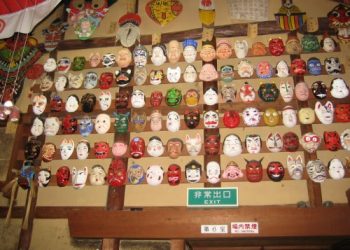After you study and analyse museums intensely for over a year, visiting them on a nearly daily basis, there is nothing that leaves a significant impression in your mind. You feel like you’ve seen it all. Most of the time you’re just plain bored. But that all changed for me (and a friend) about three years ago after a visit to probably one of the most memorable museums I have ever seen. The Museum of Things (Museum der Dinge) sounds like a hoarder’s paradise, but it is actually a well-organized and professional exhibit. (Hey, this is Germany we’re talking about…they know how to do efficiency like nobody’s business!) It reminded me a lot of the Pitt Rivers Museum (see here) as everything was arranged thematically.
Located in the Kreuzberg section of Berlin, the museum is located up several flights of stairs on the third story of a random, hard-to-find building. Such a discreet space appears to be world’s away from Berlin’s main cultural zone of Museum Island, which is a very popular place I might add. Anyway, the museum’s mission is to present “everyday culture” but to revisualize the visitor experience of looking at “things”, like housewares, furniture, knickknacks and other 20th century oddities. Who decides whether something is kitsch, offensive, beautiful or aesthetically valuable? Well, the curator/collector of course. But what if anonymous, purely functional designs are placed next to well-known brands and objects designed by famous artists? If little is offered by way of labelling or information, what does any of this “stuff” really mean?
It’s a lot like early cabinets of curiosities, except modern and sleek. Let’s not forget those collections began not to preserve or teach, but to display some cool-looking stuff. And that’s exactly what you get here. I just remember the place went on and on with a maze of never-ending display cases full of the most random objects, whether it be games, cosmetics, or every personal computer ever made. First, you are looking at Mona Lisa souvenirs, then Disney figurines, followed by a Hitler pillow (I kid you not) and miniature furniture. And next to the main display is a changing exhibition space that covers more specific topics. While I was there it was “Evil Things- an Encyclopedia of Bad Taste”, focused on cheap mass rubbish (with a lot of attention paid to America, guilty as charged!) and even had visitor contributions, which was kinda cool. Hey, if you can keep the attention of two cynical museologists (and one with a PhD no less) for an hour or two who end up discussing the place on the ride back on the U-Bahn (even though we both promised to never talk about museums again) and maybe continue the conversation the next day, then you have succeeded in life. Congrats, Museum of Things! Mission accomplished.
